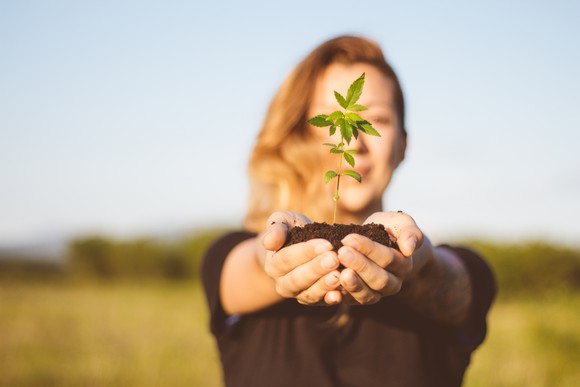Ron Strider
Well-Known Member
As a collaboration between Fibershed, Rezolana Institute and Adams State University’s Community Partnerships, hemp has been grown, decorticated, blended with wool, spun and woven into fabric that provides a San Luis Valley fabric sample in Fibershed’s national research project.
By blending hemp with wool, textiles are created that keep our bodies warm in the winter, cool in the summer, allow our skin to breath and create fabrics that last a long time. Hemp is biomass dense. Hemp fiber strains are able to produce upwards of 4,000 pounds per acre of useful textile and cordage fibers. Textile grade hemp fiber is 12-20 percent of the weight of the plant. The remainder of the plant can be used for hemp oil extraction from the flowering head, and the remaining woody core can be turned into building materials, bio-plastics and oil spill clean-up mulches.
Fibershed’s mission is to “develop regional fiber systems that build soil and protect the health of our biosphere.”
The project began in 2010 with a commitment by its founder, Rebecca Burgess, to develop and wear a prototype wardrobe whose dyes, fibers and labor were sourced from a region no larger than 150 miles from the project’s headquarters. Burgess founded Fibershed’s 501c3 to address and educate the public on the environmental, economic and social benefits of de-centralizing the textile supply chain.
Through Fibershed’s funding source, local weaver, Fawn Milton-Tatro earned income weaving for this project. Milton-Tatro experimented with many different patterns and weaving techniques to produce high quality samples for Fibershed.

News Moderator: Ron Strider 420 MAGAZINE ®
Full Article: Alamosa News | San Luis Valley hemp fabric woven for National Project
Contact: Contact Us
Photo Credit: Getty Images
Website: Breaking News from your Local News Source Leader in Alamosa, Colorado | Alamosa Valley Courier
By blending hemp with wool, textiles are created that keep our bodies warm in the winter, cool in the summer, allow our skin to breath and create fabrics that last a long time. Hemp is biomass dense. Hemp fiber strains are able to produce upwards of 4,000 pounds per acre of useful textile and cordage fibers. Textile grade hemp fiber is 12-20 percent of the weight of the plant. The remainder of the plant can be used for hemp oil extraction from the flowering head, and the remaining woody core can be turned into building materials, bio-plastics and oil spill clean-up mulches.
Fibershed’s mission is to “develop regional fiber systems that build soil and protect the health of our biosphere.”
The project began in 2010 with a commitment by its founder, Rebecca Burgess, to develop and wear a prototype wardrobe whose dyes, fibers and labor were sourced from a region no larger than 150 miles from the project’s headquarters. Burgess founded Fibershed’s 501c3 to address and educate the public on the environmental, economic and social benefits of de-centralizing the textile supply chain.
Through Fibershed’s funding source, local weaver, Fawn Milton-Tatro earned income weaving for this project. Milton-Tatro experimented with many different patterns and weaving techniques to produce high quality samples for Fibershed.

News Moderator: Ron Strider 420 MAGAZINE ®
Full Article: Alamosa News | San Luis Valley hemp fabric woven for National Project
Contact: Contact Us
Photo Credit: Getty Images
Website: Breaking News from your Local News Source Leader in Alamosa, Colorado | Alamosa Valley Courier


